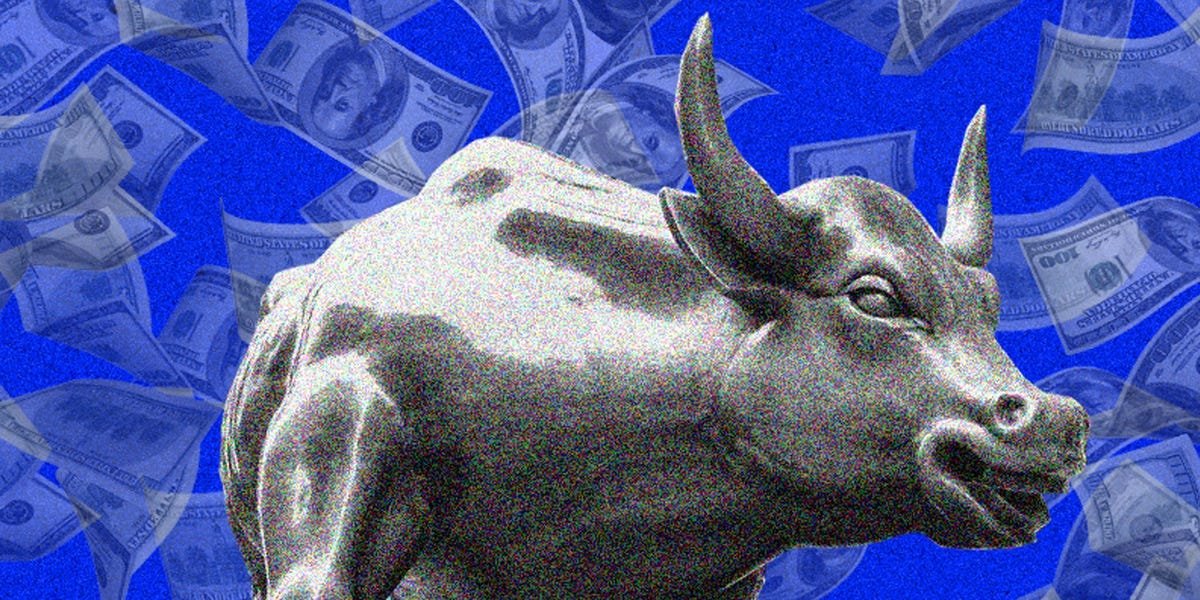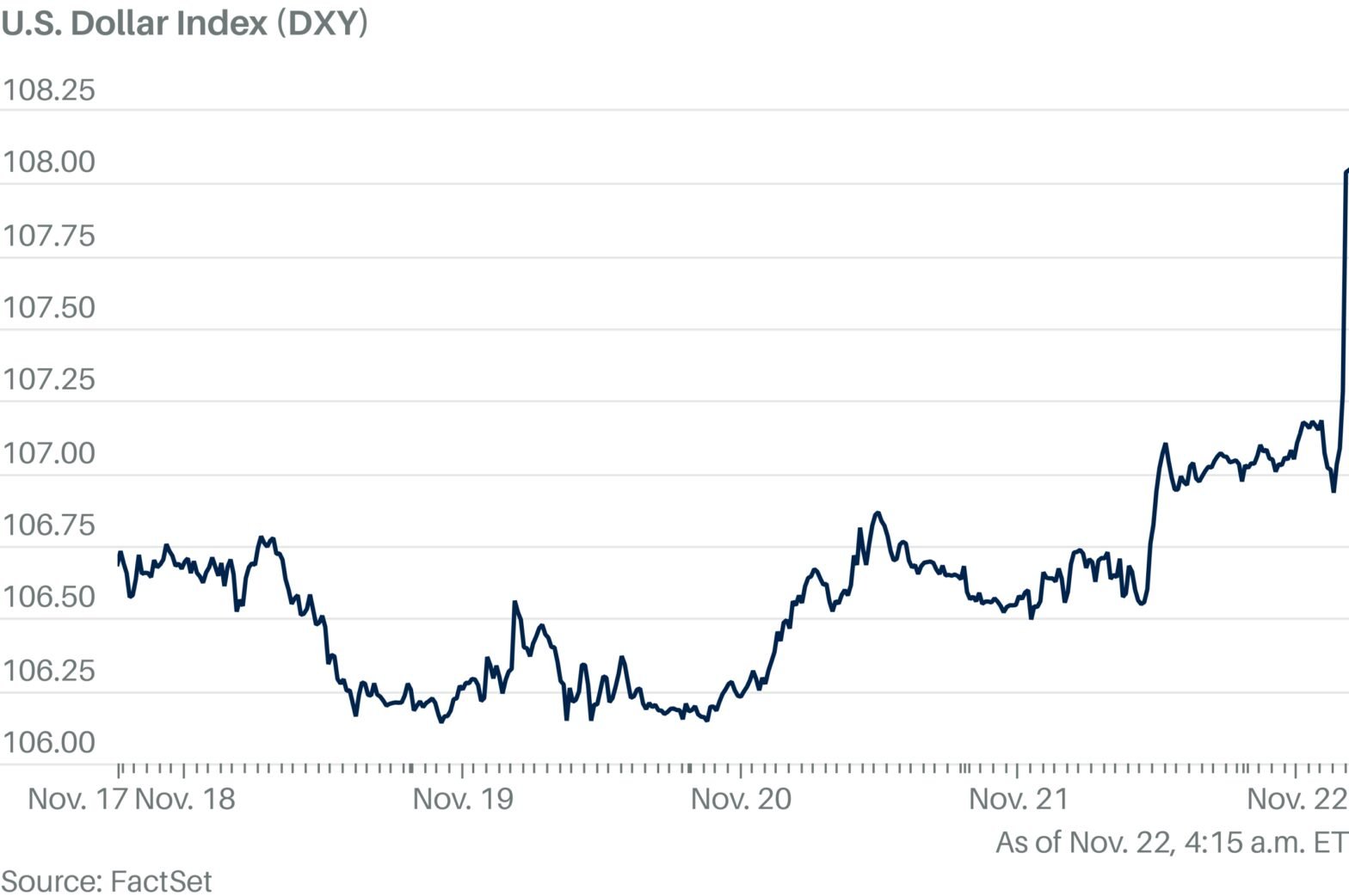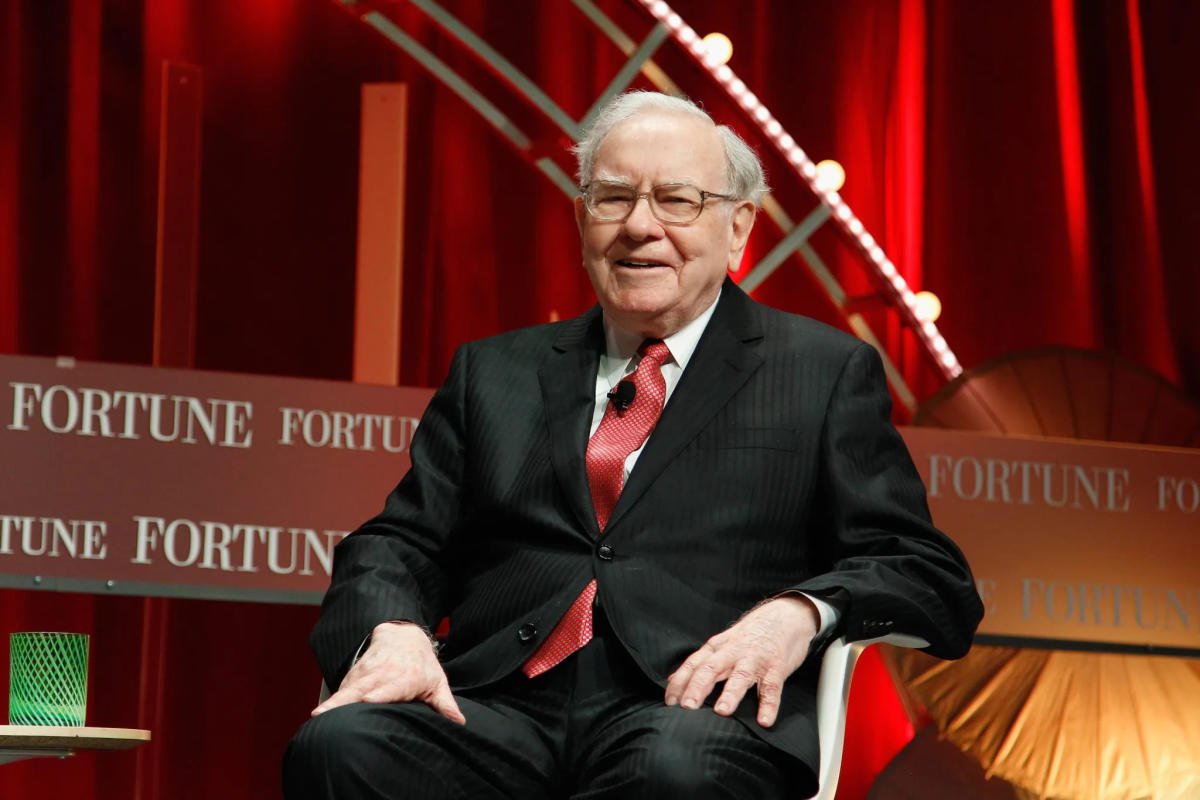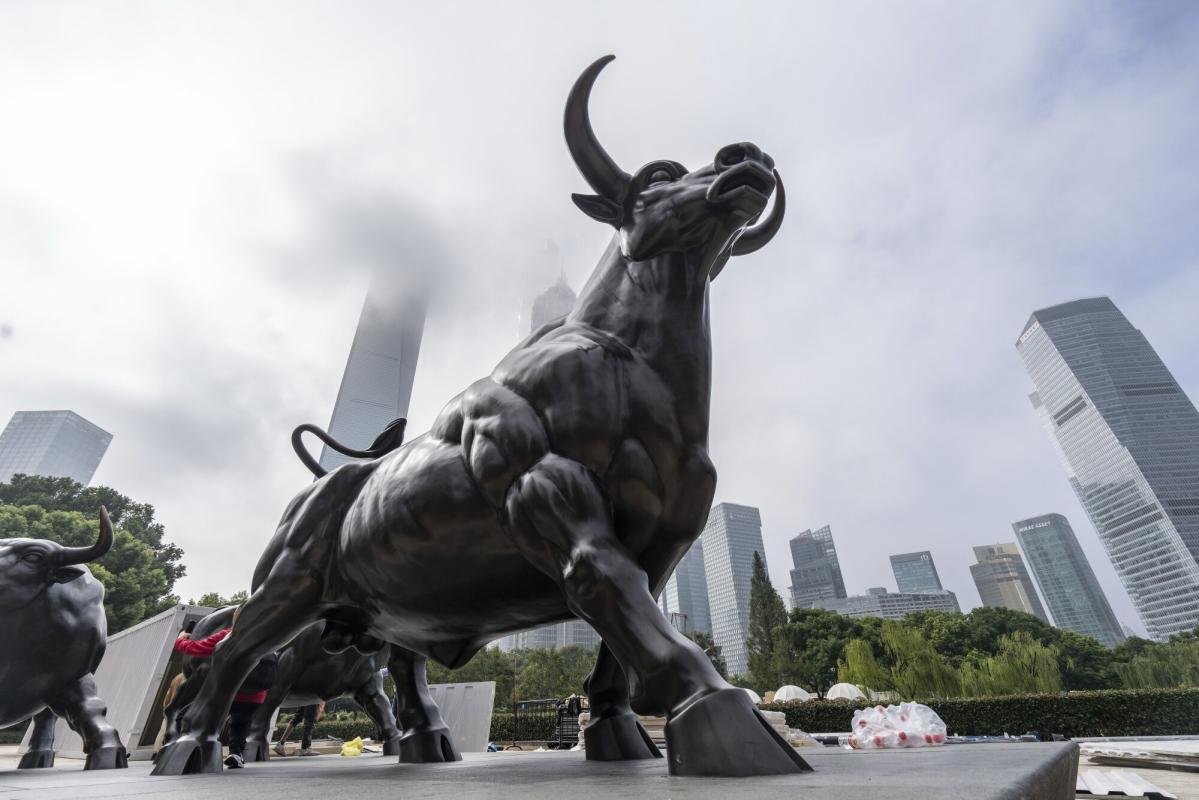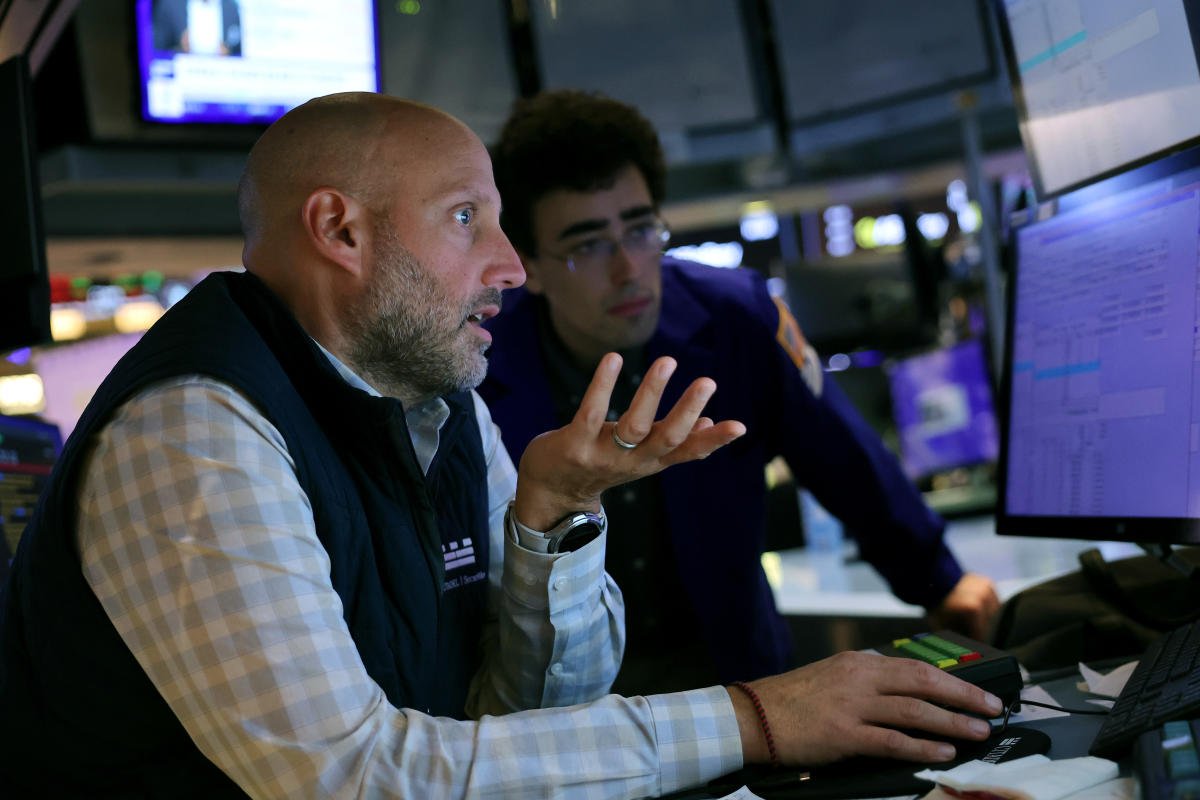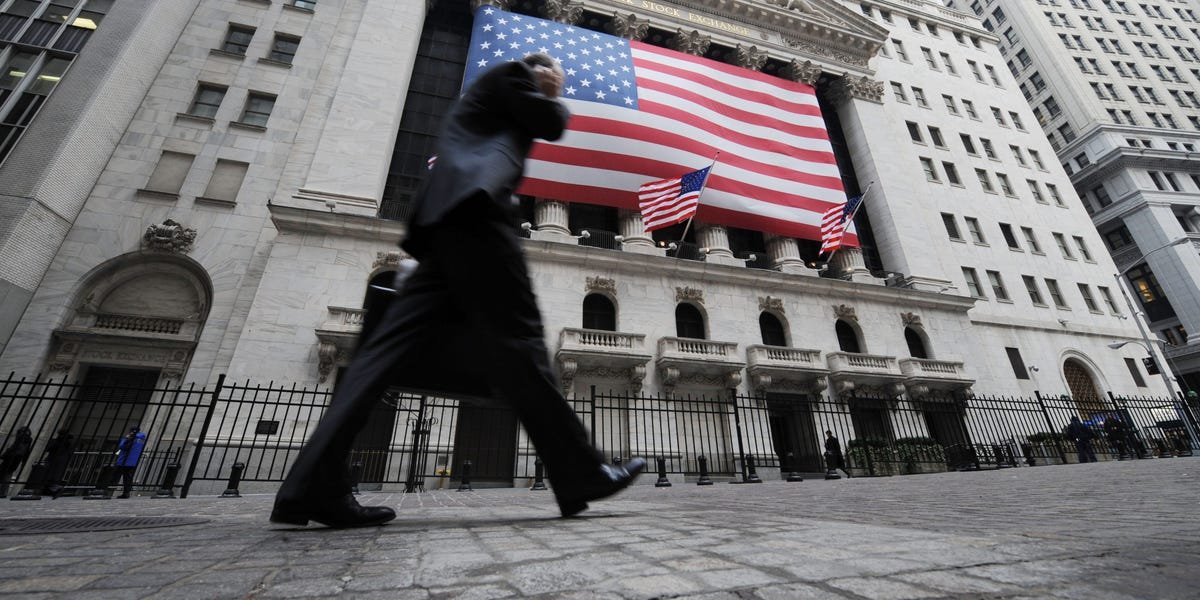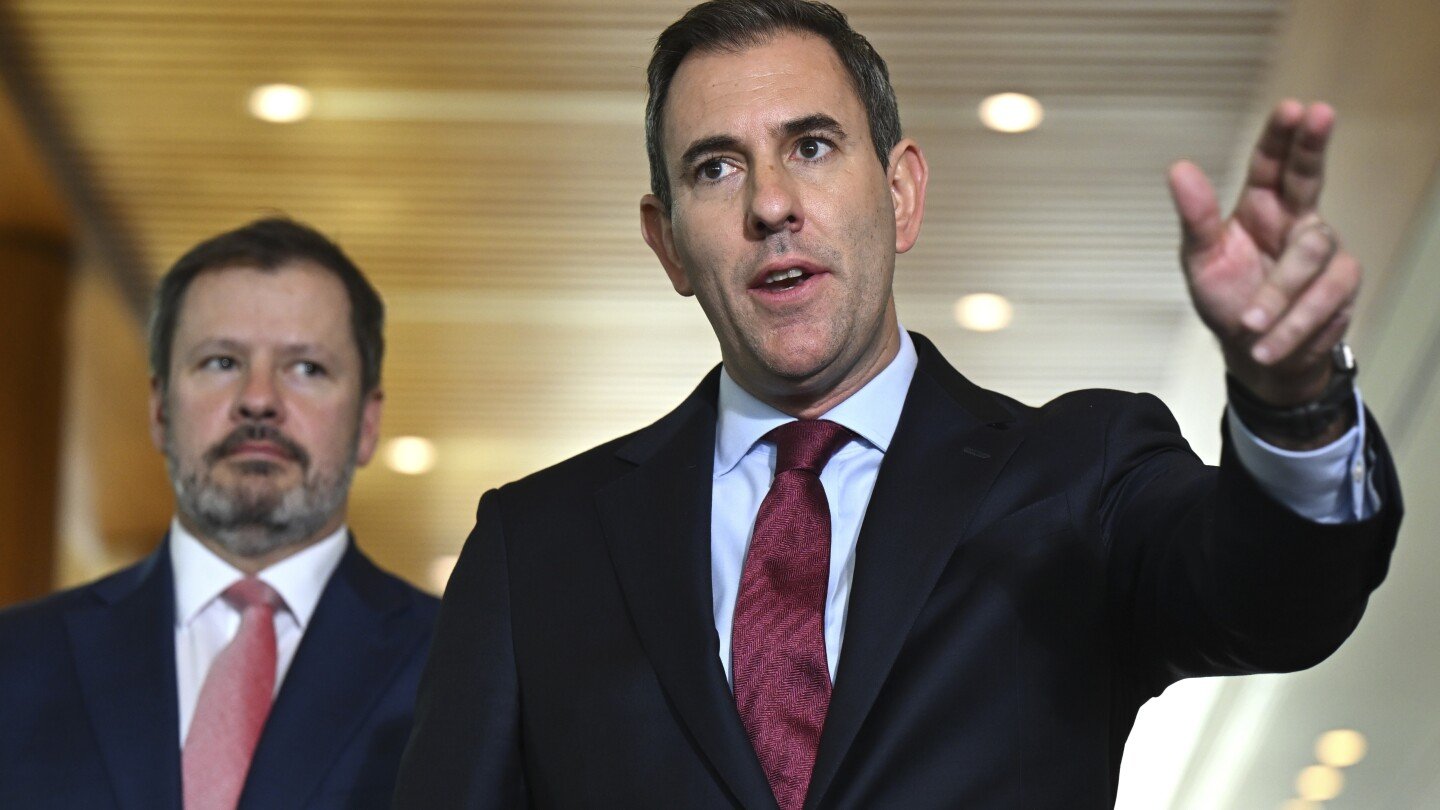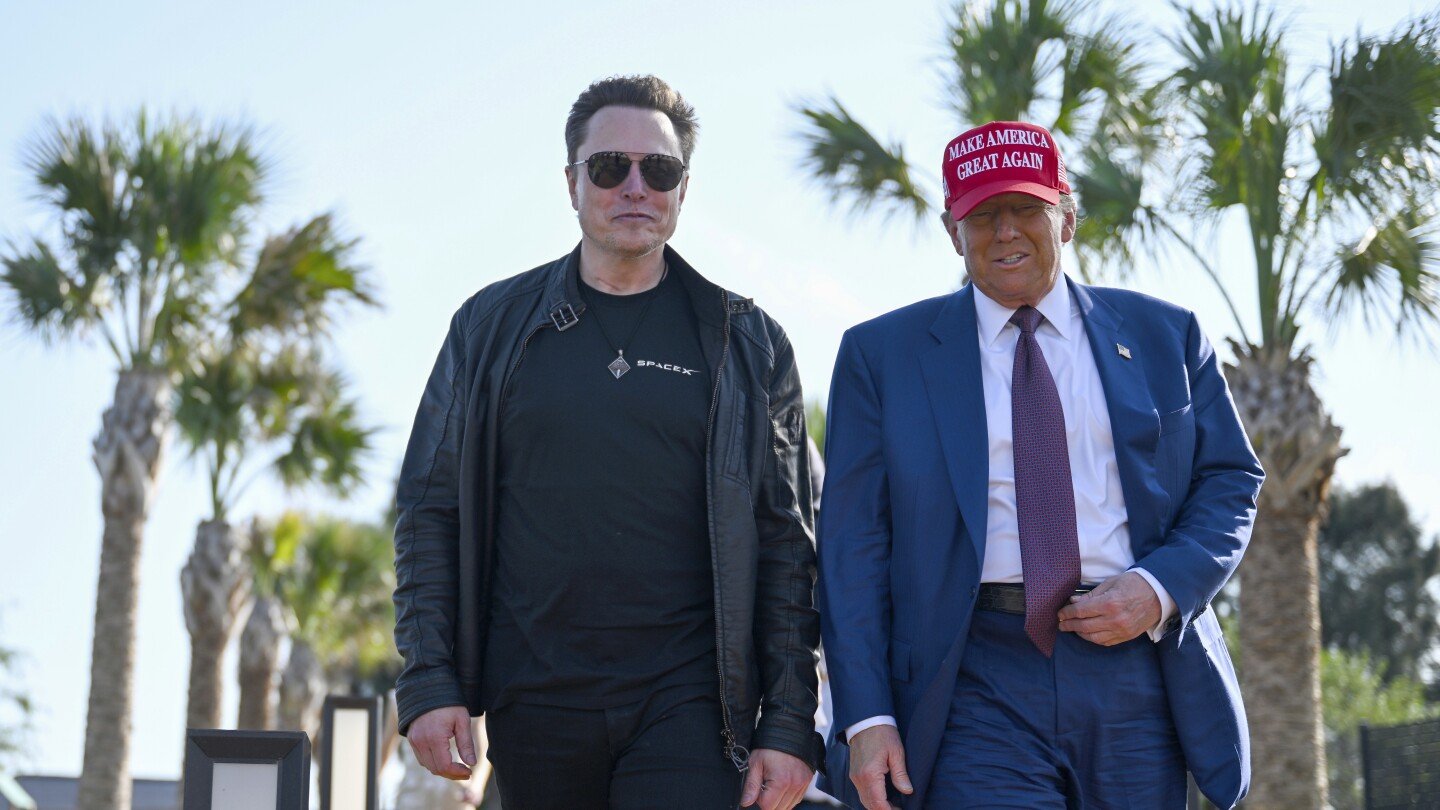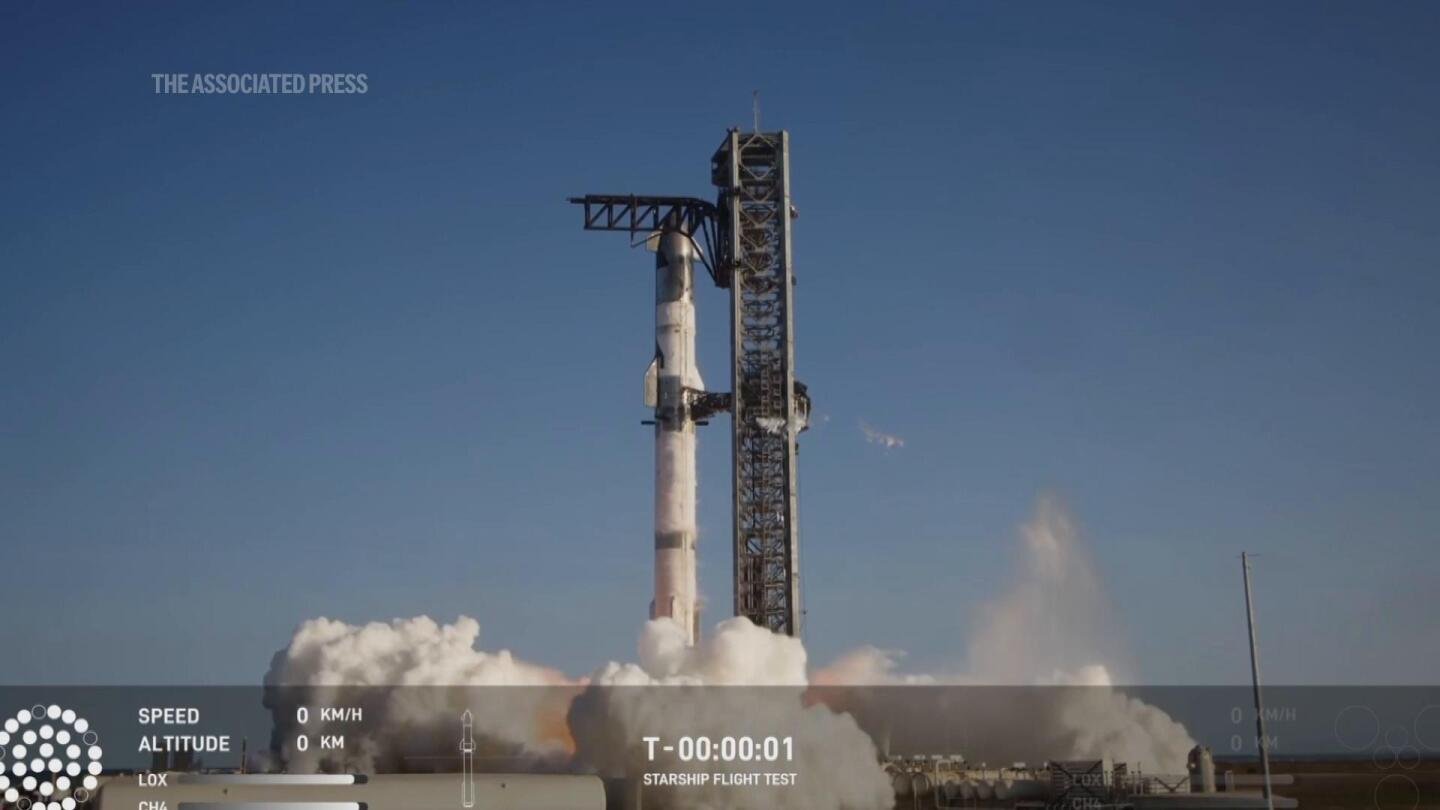- The stock market could jump as much as 10% by the year-end, Citi’s stock-trading strategy head said.
- Stuart Kaiser told Bloomberg TV that the uber-bull case is now “a plausible scenario.”
- He said the economy only needs to avoid a recession, which will ultimately depend on the labor market.
Thanks for signing up!
Access your favorite topics in a personalized feed while you’re on the go.

Wall Street is forecasting S&P 500 highs that reach past the 6,000 threshold. This bullishness may be well earned, Citi’s Stuart Kaiser said.
“The uber-bull case, I think, for all of this year has been: you avoid a recession, you get insurance cuts, right? And that is now a plausible scenario,” the firm’s head of US equity-trading strategy told Bloomberg TV on Tuesday.
If this is achieved, stocks can surge another 5% to 10% by the end of this year, Kaiser said.
So far, the second half of those conditions have been met. This month, the Federal Reserve finally started reducing interest rates, in a move meant to prevent a future economic slump.
This precautionary “insurance” cut — amounting to a 50-basis-point reduction to the federal funds rate — was embraced by stock investors, and indexes have since notched new record highs.
To Kaiser’s point, this will continue as long as a recession does not materialize. But though the Fed emphasized that it was not forecasting a looming downturn during its latest policy meeting, it all hinges on incoming labor market data, he noted.
Since August, slipping employment conditions have been the core driver of slowdown fears. Investors will need to see labor figures remain intact in upcoming monthly data, or else recession outlooks could become increasingly valid.
“Our view is risk reward is tough because it’s really dependent on month-to-month,” Kaiser noted, warning that recessionary prints would easily upend any Fed efforts to support the market.
Other banks are also eyeing jobs data.
According to Morgan Stanley, investors can celebrate if unemployment falls below 4.1% and non-farm payrolls reach over 150,000. This will be the best-case scenario for the market, keeping momentum going.
Otherwise, trading should prepare for the worst if unemployment climbs above 4.3% and payrolls slide under 100,000.
“The Fed puts not going to protect you if you get that kind of data, and that’s why we think the risk reward is kind of a little bit off right now,” Kaiser said.

